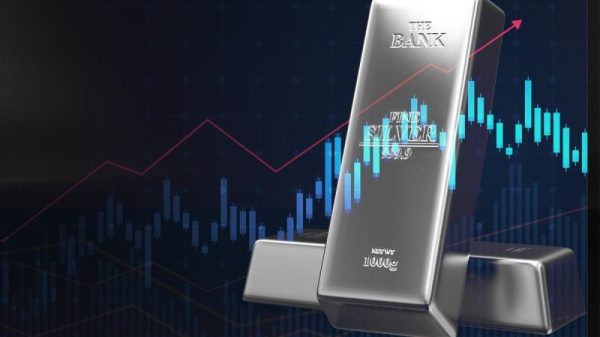The American Institute for Economic Research’s Everyday Price Index (EPI) declined 0.13 percent to 290.9 in August 2024, the same level it held in both April and May 2024. This is the second monthly decline the index has seen this year, with the previous coming in June.
AIER Everyday Price Index vs. US Consumer Price Index (NSA, 1987 = 100)
Among the twenty-four EPI constituents, seven declined, one was unchanged from the prior month, and sixteen rose in price.
On September 11, 2024, the US Bureau of Labor Statistics (BLS) released Consumer Price Index (CPI) data for August 2024. The month-to-month headline CPI number rose by 0.2 percent, meeting surveyed predictions. The core month-to-month CPI number increased by 0.3 percent, higher than the forecast increase of 0.2 percent.
In August 2024, shelter costs increased by 0.5 percent, contributing significantly to the overall rise in the all-items index, while food prices saw an 0.1 percent increase, following a 0.2 percent rise last month. Food consumed away from home rose 0.3 percent, while prices for food at home remained stable. Energy costs saw a notable 0.8 percent decline after remaining unchanged in the prior month.
Excluding food and energy, the month-to-month core index saw an 0.3 percent uptick in August, slightly higher than the 0.2 percent increase recorded in July. Contributing were gains in many of the expected areas, some of which fall within the Fed’s closely watched “supercore” category: shelter, airline fares, motor vehicle insurance, education, and apparel. On the other hand, categories like used cars and trucks, household furnishings, medical care, communication, and recreation saw declines, all of which reflecting a mixed landscape for consumer prices.
August 2024 US CPI headline & core month-over-month (2014 – present)
In year-over-year data, headline CPI rose 2.5 percent, which met forecasts. Year-over-year core CPI rose 3.2 percent, meeting the 3.2-percent prediction.
August 2024 US CPI headline & core year-over-year (2014 – present)
Over the 12-month period ending in August, the all-items index rose by 2.5 percent, marking the smallest year-over-year increase since February 2021, while the core index (excluding food and energy) increased by 3.2 percent. Energy prices saw a significant 4.0 percent decrease over the past year, contrasting with a 2.1 percent increase in the food index.
Over the past 12 months, the index for all items excluding food and energy rose by 3.2 percent. The shelter index rose by 5.2 percent, contributing to more than 70 percent of the total rise in the index for all items except food and energy. Other significant increases over the past year include motor vehicle insurance (up 16.5 percent), medical care (up 3.0 percent), recreation (up 1.6 percent), and education (up 3.1 percent).
While disinflation in goods remains persistent (despite rising freight costs through much of the last year) housing rents and auto insurance prices remain elevated. Historically, changes in freight prices lead price changes in core goods inflation by six to twelve months. Given that freight costs have been climbing since mid-2023, we would expect them to be reflected in core goods prices by now. That does not seem to have happened yet, which suggests that firms are absorbing those rising costs, and may explain why S&P profit margins have been declining for the past quarter or two. If true, the willingness of private companies to eat higher freight costs would indicate that inflation expectations are well-anchored — at least in corporate board rooms and on loading docks. If that is the case, though, it suggests that going forward firms will have a limited ability to pass on increased costs. With the US savings rate approaching an all-time low and consumer distress ticking up, the pricing power of US companies may be also at or near a low.
Looking at persistent inflation in auto and home insurance, one is best reminded that these sectors are only marginally impacted by the business cycle. Even if unemployment were to rise substantially over the next 12 months, inflation in those categories is likely to remain robust. Compounding this, Medicare service costs, which are also acyclical, are anticipated to rise next year.
While there was good news in the August CPI release, two tentative conclusions of a somewhat somewhat less positive character may be drawn. First, in light of today’s numbers, the likelihood of a 50-basis-point rate cut at the September 18 meeting of the Federal Open Market Committee (FOMC) has dissipated almost completely. And second, that inflation in the United States will end 2024 above the Fed’s target range. Justifications for easing the monetary policy stance over the next quarter or two are therefore likely to come from worsening labor market conditions alone.

































